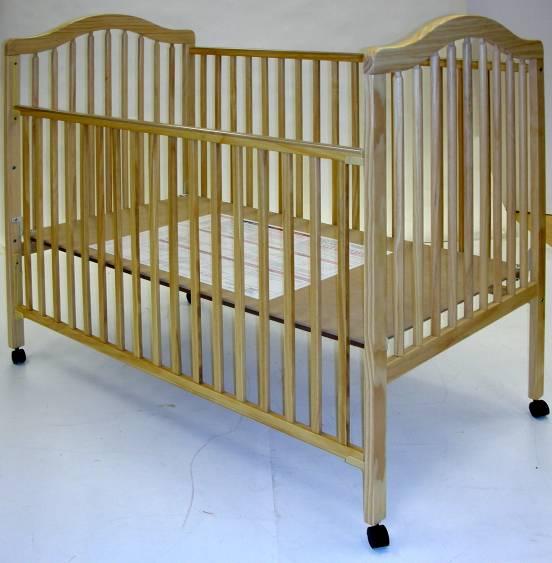Public health officials in Massachusetts say 48 residents have been afflicted by the same strain of Salmonella that has made over 600 people in the United States sick. The Salmonella Typhimurium originated from a peanut plant in Georgia that is owned by the Peanut Corporation of America.
Those affected in Massachusetts include a 1-year-old and a 91-year-old. There are also 13 reported cases of salmonella in Middlesex County, 4 in Bristol County, 3 in Barnstable County, 6 in Essex County, 4 in Norfolk County, 9 in Hampden County, 1 in Suffolk County, 4 in Plymouth County, and 4 in Worcester County. Fortunately, no one in the state has died from the illness.
Elsewhere in the United States, however, several fatalities are being linked to this particular strain of salmonella, which is being spread because numerous food items contain the tainted peanut products. The family of one woman is suing PCA for her wrongful death. Their lawsuit contends that the 72-year-old died because she ate Salmonella-tainted peanut butter while she was staying at a nursing home. The peanut butter was made at the company’s contaminated Georgia plant.
Meantime, hundreds of companies that are clients of PCA are recalling their products beause of concerns that they may be contaminated with Salmonella Typhimurium. More than 1,700 food products are being pulled off store shelves in an effort to keep consumers from getting sick.
On Friday, the Food and Drug Administration said that PCA had knowingly shipped out some products that had tested positive for Salmonella and that contrary to previous claims by the company that it only shipped out products after follow up tests came back negative, this was in fact only the case for some of the products that were sent out.
Late last month, the US Justice Department announced a criminal probe to determine if any charges need to be filed.
Products Liability
If you or someone you love got sick because you purchased or were served and ate a contaminated or spoiled food products, you may have grounds to file a products liability lawsuit against a negligent food manufacturer or distributor. You also may be entitled to file a Massachusetts personal injury lawsuit against a party that served you the food.
48 in state stricken with salmonella illness, Boston.com, February 10, 2009
FDA: Peanut plant knew product was tainted with salmonella, CNN, February 6, 2009
Related Web Resources:
Recall of Peanut-Containing Products: Salmonella Typhimurium, FDA, February 11, 2009
Peanut Corporation of America
Continue reading
 Boston Injury Lawyer Blog
Boston Injury Lawyer Blog











